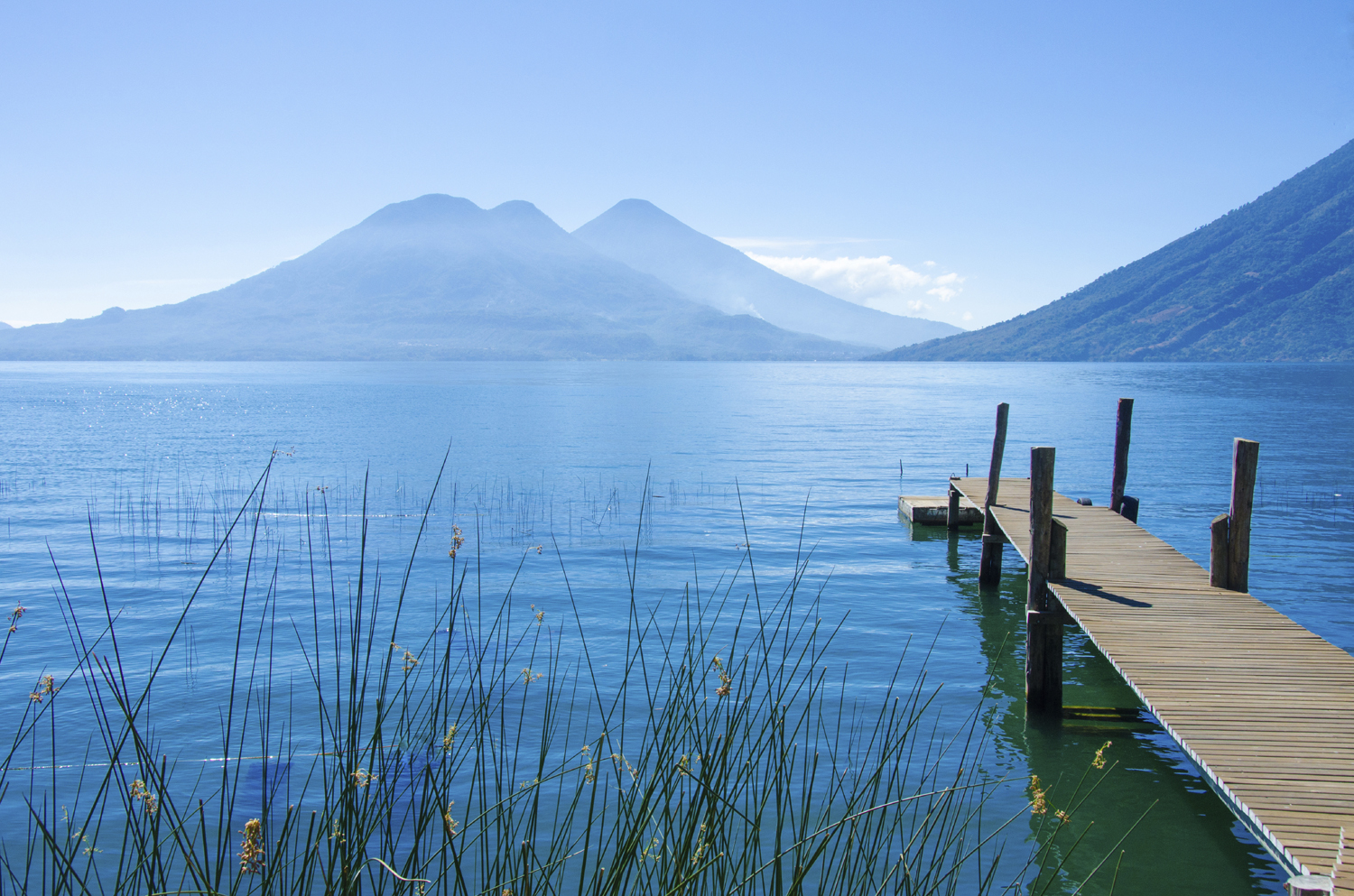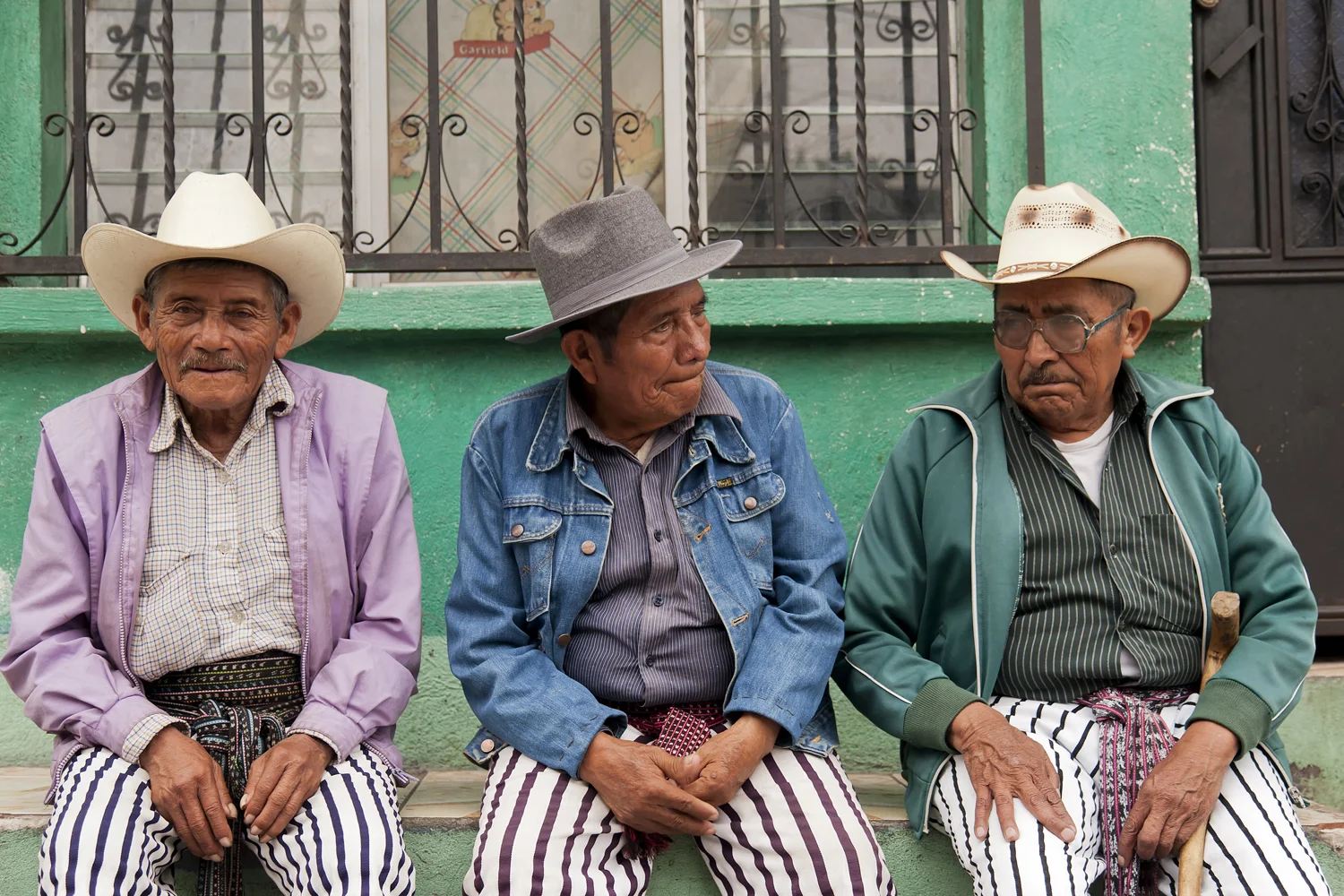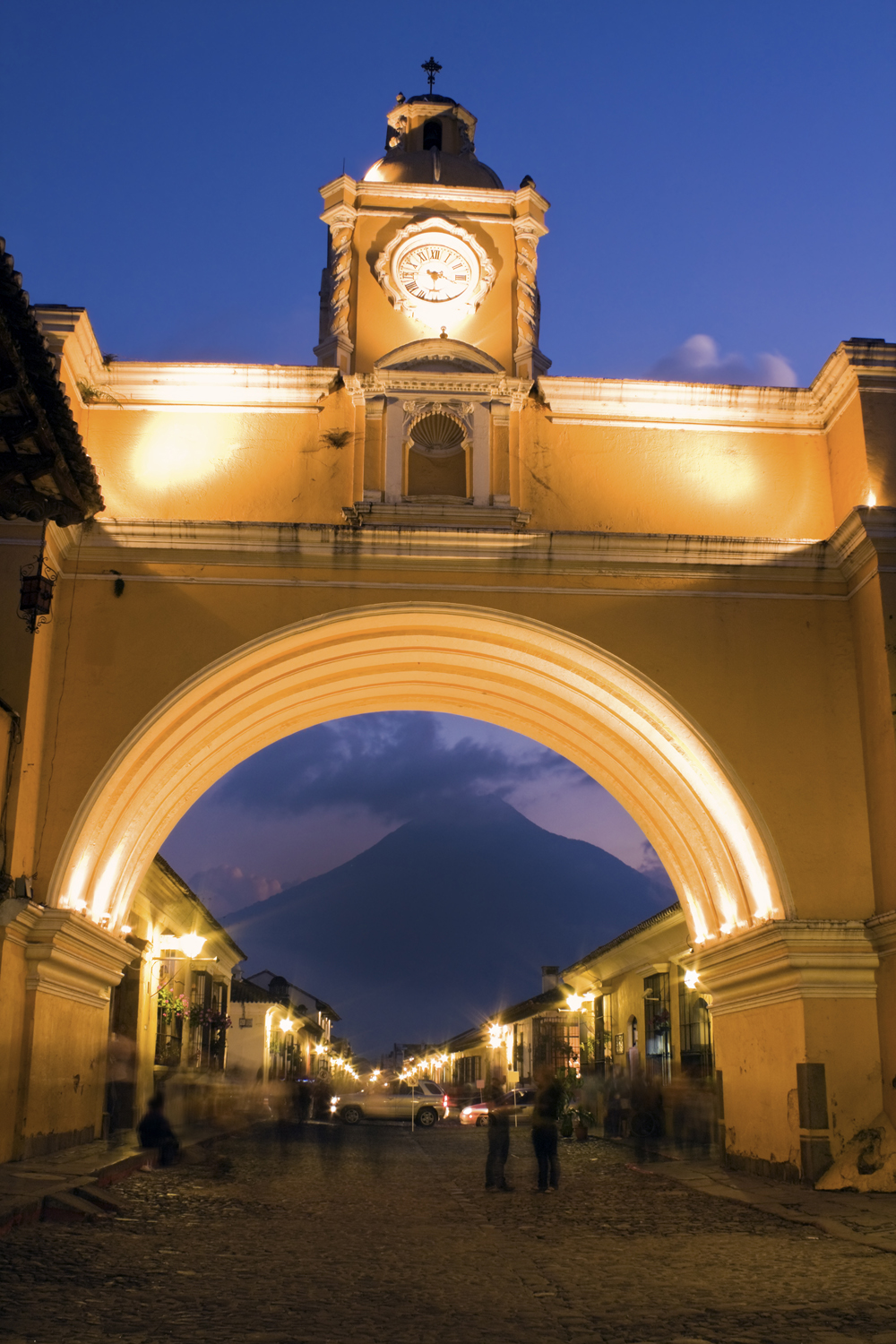Guatemala: Day of the Dead Festival
10 DAYS // OCT 24 – NOV 2, 2015
ABOUT ANTIGUA
Antigua is among the world’s best-conserved colonial cities. From its colonial architecture to its beautiful surroundings, this town is considered one of the most beautiful in Central America. It is like stepping back into time over 300 years. Founded in 1543, Antigua was once the third most important Spanish colonies in the Americas, ruling over what are now Southern Mexico and all of Central America. More than 30 Monastic orders called Antigua home and built stunning monasteries, convents and cathedrals. Strolling the cobblestone streets, you will experience the local markets, quiet courtyards with ornate gardens and the sights and sounds of colonial Spain that permeate the atmosphere and recall splendors of ancient times. Antigua offers something for all travel tastes. Colonial history that is always present combined with an array of cultural activities which include art galleries and exhibits, performing arts, birding, volcano climbing, Spanish classes, shopping, and fine dining are only a few things Antigua has to offer. Antigua setting is majestic, nestled between three dramatic volcanoes: Agua, Fuego and Acatenango.
ABOUT CHICHICASTENANGO
"ChiChi" as it is known by the locals, is a highland village famous for its huge traditional market, boasting a fantastic array of beautiful and inexpensive traditional crafts. On market days (Sunday and Thursday), ChiChi is awash in a sea of traditional costumes as Mayan indigenous people from the surrounding villages descend to sell their wares.
ChiChi is a fascinating village as it offers a rare display of a mix of faiths. Mayan priests make pilgrimages from distant villages to hold ceremonies and make offerings to their gods…inside the Catholic Church.
ABOUT LAKE ATITLÁN
Travel through the Guatemalan Highlands with its great mountain peaks, plateaus and valleys to Lake Atitlan, famous for its astounding natural beauty and colorful Maya villages. The three volcanoes that surround Lake Atitlán stand out like majestic guards over what Aldous Huxley called the “most beautiful lake in the world.” The word “atitĺán” is a Maya word that translates as “the place where the rainbow gets its colors.”
Arrival at Hotel Atitlán is magic. From the moment you walk into the lobby and see the indigenous artwork and colonial antiques you will feel the ambiance of the hotel and what is yet to come. Your room will have a spectacular view of the botanical gardens and the lake surrounded by mountains and volcanoes. Boats will transport you to the surrounding Indian villages where artists abound; painters, potters, and women weavers famous for their intricate weaving and embroideries.
ABOUT XELAYÚ
Quetzaltenango is also called “Xelayú”, it is surrounded by mountains and volcanoes and it conserves much of its visible colonial structural design in its buildings and streets. Through the contrast of classic, neoclassic and Italian renaissance styles with modern architecture.
Quetzaltenango has many small villages, which all have their own characteristic that distinguish them from one another, not only in their crafts but also in their customs. Among the most outstanding villages there are: Almolonga, Cantel, Coatepeque, Olintepeque, Salcaja, San Juan Ostuncalco and Zunil.
Language
Spanish is the official language of Guatemala, but 21 ethno linguistic Mayan groups have kept their ancestral languages alive. Garífuna and Xinca are also spoken. These languages also have their own phonetic, grammatical and structural base. English is spoken in all main tourist centers.
Religion
Historically, Roman Catholicism is the predominant religion (between 50 and 60%), with an archbishopric at Guatemala City and bishoprics at Quezaltenango, Verapaz, and Huehuetenango. Many inhabitants combine Catholic beliefs with traditional Maya rites. The constitution recognizes the separate legal personality of the Catholic Church.
CLIMATE
Guatemala's climate is lovely year round and makes travel possible at any time. The rainy season is generally from May to November. Climate variations are due to altitude, but it is generally hot throughout the country. The north has a hot, tropical climate with maximum rainfall between May and September. The coastal regions and north east are hot, with a dry (November to April) and rainy season, with temperatures averaging 68°F (20°C). The highlands, including Guatemala City and Antigua, have a pleasant climate with less rainfall than the coast, and cold temperatures at night.
CLOTHING
Comfortable walking and hiking shoes are recommended. Light natural fabric clothing, wicking and high performance layers are always recommended. Rain or wind breaker jacket or fleece in case it gets cool at night or if there is rainfall.
FOOD and drink
The cuisine of Guatemala reflects the multicultural nature of Guatemala, in that it involves food that differs in taste depending on the region. Guatemala has 22 departments (or divisions), each of which has very different food varieties. Based on Mayan cuisine the most prominently ingredients are corn, chiles and beans. Various dishes may have the same name as a dish from a neighboring country, but may in fact be quite different for example the enchilada or quesadilla, which are nothing like their Mexican counterparts.
A limonada con soda: fresh-squeezed lemonade made fizzy with soda water is a local favorite and also delicious. As for the water, drink only bottled water and avoid ice (hielo) unless it's purified.
MONEY
The official currency is the Quetzal (GTQ) divided into 100 centavos. In 2001 the US Dollar became the second official currency alongside the Quetzal and both are accepted. ATM machines and Credit cards are accepted in the major cities but not in the smaller villages. Small currency denominations are recommended for purchases in the village markets.
PASSPORT and visa REQUIREMENTS
No visa is required for travel into Guatemala for US and European nationals. A Passport valid for at least six months is required.
Health and Medical
A trip to a doctor or travel clinic is recommended well in advance of your departure date to ensure that you are in good health to travel. Travel with a sufficient quantity of any prescribed medication and keep in original labeled container for security.
Electricity
Electricity in Guatemala is U.S. standard 110V/220V 60 Hz, using plugs and outlets all the same as the U.S. In some parts of the country the voltage can vary quite a bit but this has improved a lot over the past ten years. Most wiring is two-wire with no ground.
Time Zone
Standard time zone: UTC/GMT - 6 hours




